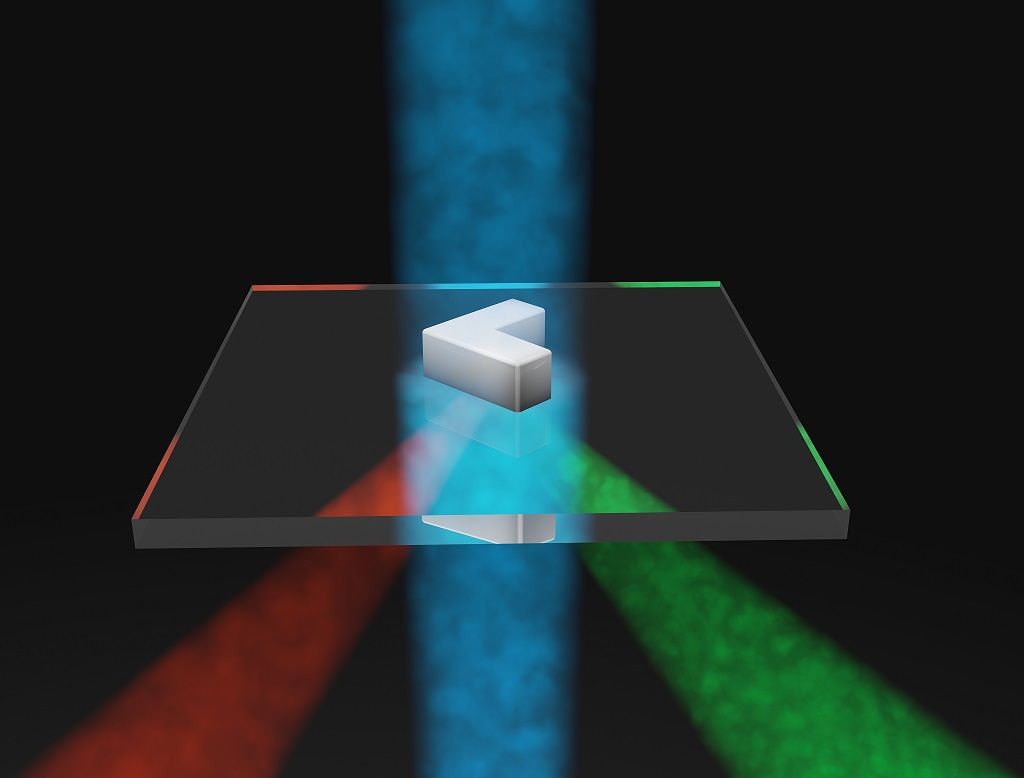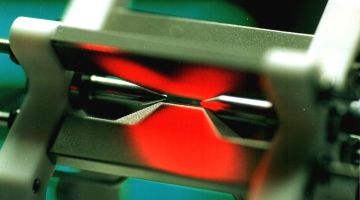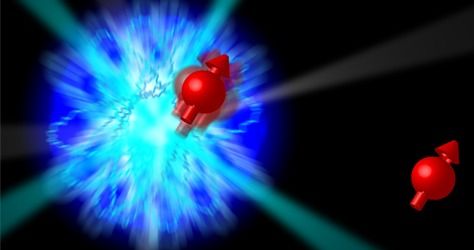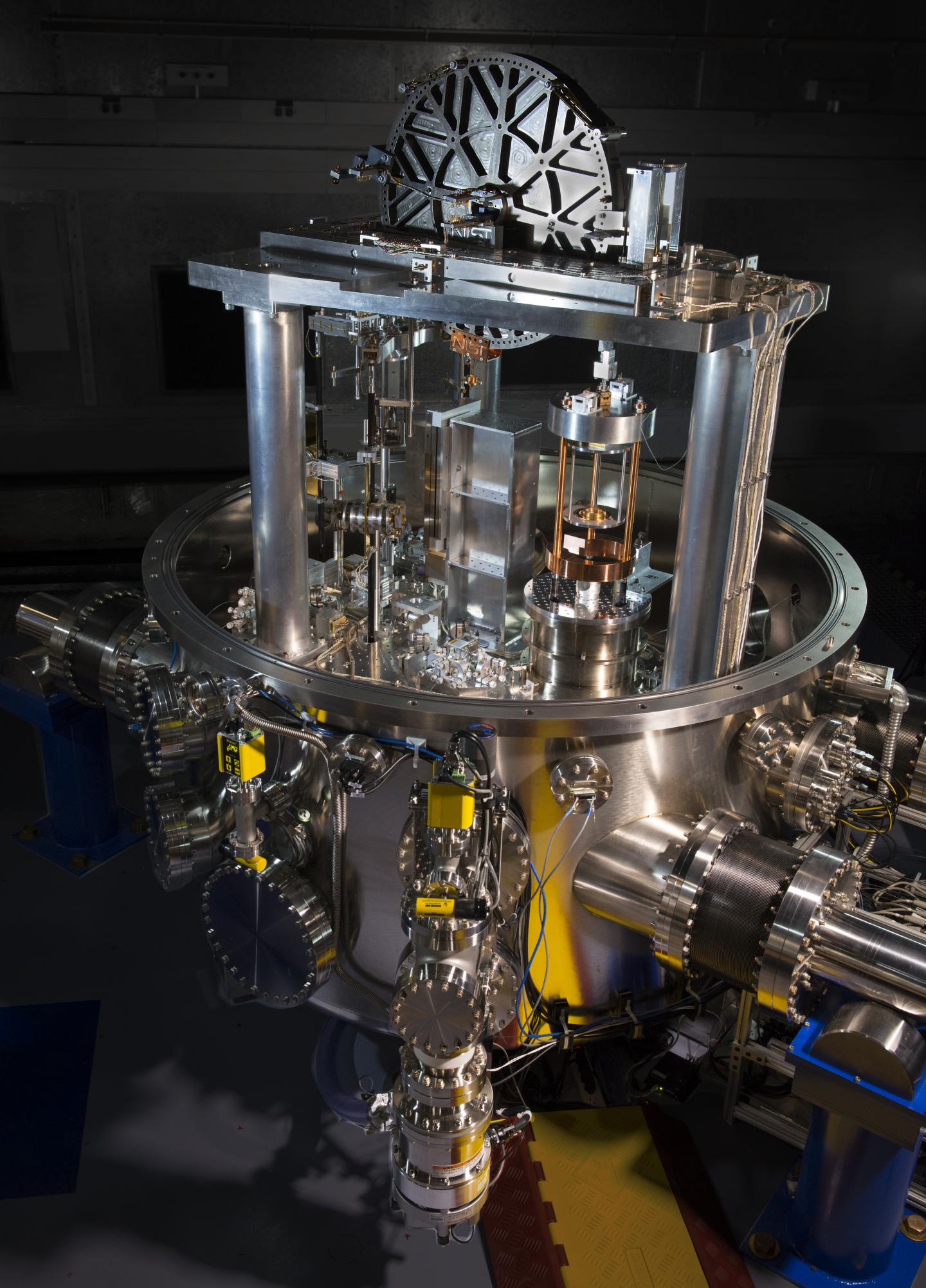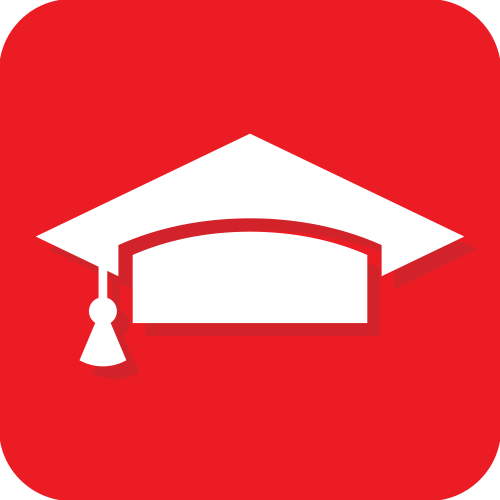Jun 22, 2016
Optical antenna scatters different colors of light in different directions
Posted by Karen Hurst in categories: quantum physics, robotics/AI, security
They’re calling this a 3 Axis Vector Nano Superconducting Quantum Interference Device which is pretty exciting because it enables the ability to make smaller and cheaper devices for measuring light, such as optical sensors and photodetectors which are and will grow in demand especially with some of the AI technology that is and will be developed. Optical sensors are used to read the gestures/ expressions of a face which are important in security, AI technology, etc. Just hope the cost savings is passed on.
(Phys.org)—Researchers have fabricated a silicon optical antenna that is somewhat like an extremely small, special kind of prism. This is because when a red light shines on the optical antenna, the light turns right, but when the light is another color such as orange, it turns left.
This unusual property, which is called “bidirectional color scattering,” enables the optical antenna to function effectively as a passive wavelength router for visible light. The device could have applications for innovative light sensors, light-matter manipulation, and optical communication.
Continue reading “Optical antenna scatters different colors of light in different directions” »
